As defined by the World Intellectual Property Organization – WIPO, “A patent is an exclusive right granted for an invention. In other words, a patent is an exclusive right to a product or a process that generally provides a new way of doing something, or offers a new technical solution to a problem. To get a patent, technical information about the invention must be disclosed to the public in a patent application.”[1] So, a patent involves a National Authority granting an exclusive right to an invention that provides a technical solution to an existing problem. The consideration is that the information about the invention is publicly disclosed when protection is applied for.
Decision 486 of the Andean Community establishes in article 14 that the right must be granted to the applicant provided that it meets the requirements for novelty, inventive step and being susceptible of industrial application. However, the same Decision includes a specific list of things that shall not be considered inventions, including “e) computer programs and software, as such”.
Aside from the explicit exclusion of software from patentability, in Andean legislation software is protected by copyright, as stated in article 4 of Decision 351: “ARTICLE 4. The protection granted by this Decision shall accrue to all literary, artistic and scientific works that may be reproduced or disclosed by any known or future means, including the following in particular: (l) computer programs”.
In this vein, the question “can an app be patented?” needs a broader analysis. That is, the app’s functionality, programming code, graphic interface and source code are not patentable, since they are in the category of computer programs or software. However, what can be patented is the specific method or procedure for transforming the data found within the app and which works when it is running in a device such as a mobile phone.
A hypothetical example of this would be an app that takes a photo of a wine and tells us what type of wine it is, its rating and origin. This app together with its interface, source code and other components cannot be patented. However, the process of transformation of the data by the mobile phone in which the app is running can be protected by a patent, since it would be providing a solution in the wine field by processing images through software with the help of an electronic device.
Having said this, each case must be analyzed by an expert in the field to assess whether the procedure meets the requirements for novelty, inventive step and industrial application and provides a solution to an existing problem, and provides sufficient arguments for the competent patent authority to issue its decision.
Beyond the specific analysis of the fact that an app cannot be protected by a patent, this does not mean that there are no other means of protection. As mentioned above, software is specifically protected by copyright, so, the right to exclusive use will remain protected by this mechanism under Ecuadorian law. Likewise, depending on the case, an app may have additional intellectual property protection under other rights, such as trademarks in their different facets: graphic mark, word mark, inclusion of colors, names, designs and characters.
[1] https://www.wipo.int/patents/es/faq_patents.html
Editorial Board



